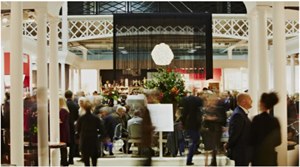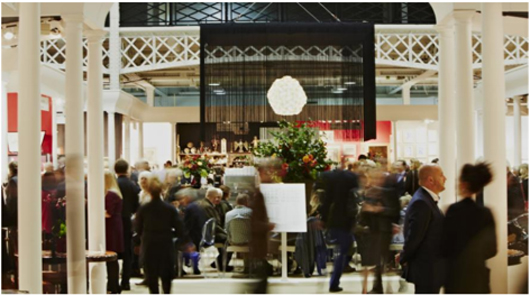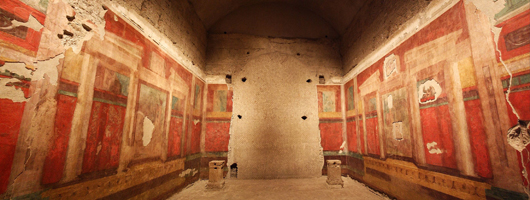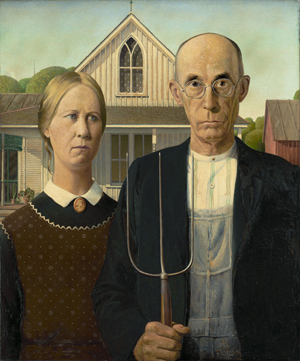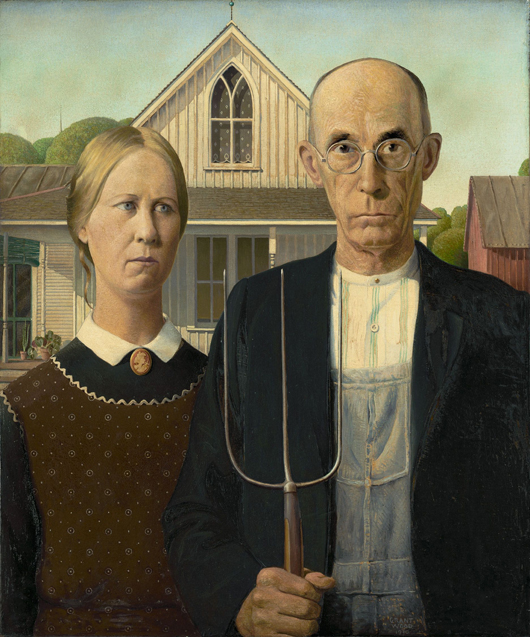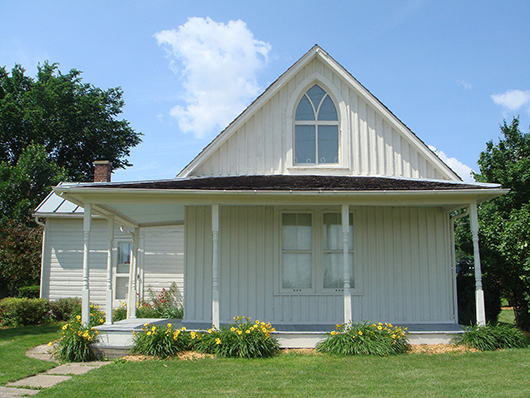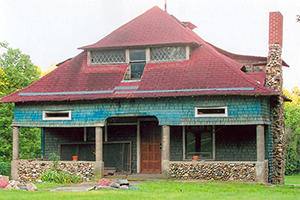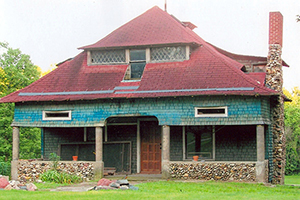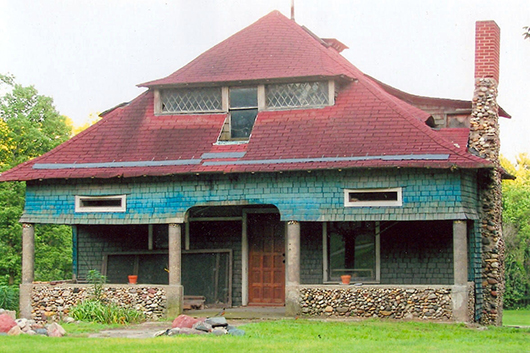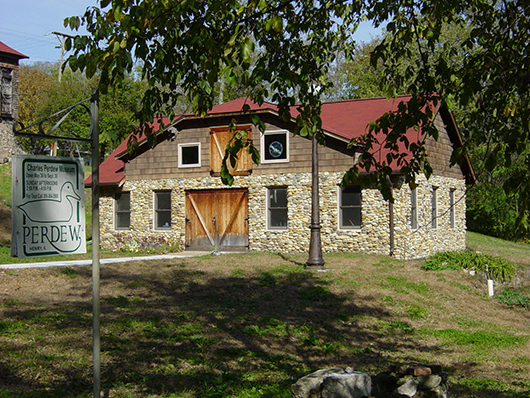![Glass negatives of the ship Discovery and Captain Scott and members of the crew on their arrival at Lyttelton, New Zealand. [Lot 262, est. £500-700]. Dreweatts & Bloomsbury Auctions image. Glass negatives of the ship Discovery and Captain Scott and members of the crew on their arrival at Lyttelton, New Zealand. [Lot 262, est. £500-700]. Dreweatts & Bloomsbury Auctions image.](https://www.liveauctioneers.com/news/wp-content/uploads/2014/09/2014_0918_30265853_1_x_lead.jpg)
Glass negatives of the ship Discovery and Captain Scott and members of the crew on their arrival at Lyttelton, New Zealand. [Lot 262, est. £500-700]. Dreweatts & Bloomsbury Auctions image. LONDON – A fascinating collection of notes written by members of Capt. Robert Falcon Scott’s National Antarctic Expedition on their journeys across the snows of the southern continent. The collection will go under the hammer in London during Dreweatts & Bloomsbury Auctions sale of printed books and manuscripts on Thursday, Oct. 2.
LiveAuctioneers.com will provide Internet live bidding.
These eight sledging notes were written by members of the expedition during the “Heroic Age” of polar exploration and give a vivid insight into the challenges and obstacles of their work in the Antarctic.
The National Antarctic Expedition 1901-04 led by Scott was one of the first major scientific and natural history expeditions to Antarctica, which saw the first ascent of the polar plateau in the Western Mountains and the discovery of the first Emperor penguin egg.
Remarkably one of the notes in the collection, from Lt. Michael Barne to Lt. Charles Royds back at Winter Quarters on board the ship Discovery was delivered by Vinka, the pet dog of Albert Borlase Armitage, second in command of the expedition, across miles of frozen featureless tracts with the note attached to her collar by a boot lace.
“Dear Royds, I am very much afraid we shall have to drop not only the pelsk bag, but probably a week of our own provisions off the point of White Island. I don’t know when we are likely to get there as our speed is only between 1/4 & 1/2 a mile an hour. If we drop anything, it will be 1/2’ N of the nearest of the two points at the N end of White I[slan]d & will be marked with a large flag. The snow here is not quite so deep, but it is as much as ever we can do to start the sledges on ski, we cannot even start the first sledge, I hope Vinka will turn up all right. We are going to starve her & do our best to send her back.” Lot 258 carries an estimate of £2,000-3,000.
Barne’s sledging party, consisting of six men (Smythe, Plumley, Williamson, Crean, Weller), did not have a supporting party, which was the normal way to send notes back to the ship. Fortunately for Barne, when he left the ship two days earlier Armitage’s pet Samoyed, Vinka, had followed his sledging party. Barne did not have extra dog food to look after his senior officer’s dog so he took the decision to starve her and send her back to the ship, hoping she would find her way.
Other letters and notes in the collection paint a cheerier picture of the life of an explorer. One from Armitage to Royds ends; “My best chin – chin to Micky, Bunny & Muggins, all good luck old chap, all hands in best of spirits & health & doing grandly” [Lot 256, est. £3,000-4,000].
Another sent from Reginald William Skelton to Royds in the run up to Christmas, Dec. 10, 1902 says; “Just a line to wish you a Merry Christmas… We have been having a most enjoyable trip, though it has been hard work as you may imagine, the last 19 or 20 miles all double hauling, – we are now over 4000 ft high & about to attack a regular Spion Kop – however Koettlitz will tell you all about it. The Supplementary party have done very well… Armitage gave any of my party chance of returning, but they didn’t take it. – Whitfield is a rare good man out,- Armitage says he would have liked to taken him on,- so if you get a chance to give him another trip, – perhaps you will be able to do so” [Lot 263, est. £2,000-2,500].
Other topical works in the sale include a 17th century broadside on the Scottish colony of Darien that lead to the union of England and Scotland [Lot 7, est. £1,500-2,000]. The wider manuscript section covers a broad range of bizarre and interesting topics like murder, suicide, execution, dueling and Victorian midwifery.
Elsewhere, leading the English and Continental Literature is a large 18th century gentleman’s library. Of particular note is Edward Gibbon’s The History of the Decline and Fall of the Roman Empire, 1776-88, first edition in six volumes [Lot 150, est. £7,000-9,000].
Books from the library of the late David Bauman include George Cruikshank’s Omnibus, 1842. This first edition was bound from the original monthly parts. Loosely inserted into the work is the original illustrated letter by Robert Cruikshank to George Cruikshank and five original pencil sketches by George Cruikshank, one has a watercolor wash and has been heightened in white [Lot 342, est. £600-800].
The sale of Printed Books and Manuscripts will be held at Dreweatts & Bloomsbury Auctions saleroom in London’s Mayfair.
ADDITIONAL LOTS OF NOTE
![Glass negatives of the ship Discovery and Captain Scott and members of the crew on their arrival at Lyttelton, New Zealand. [Lot 262, est. £500-700]. Dreweatts & Bloomsbury Auctions image. Glass negatives of the ship Discovery and Captain Scott and members of the crew on their arrival at Lyttelton, New Zealand. [Lot 262, est. £500-700]. Dreweatts & Bloomsbury Auctions image.](https://www.liveauctioneers.com/news/wp-content/uploads/2014/09/2014_0918_30265853_1_x_large.jpg)
Glass negatives of the ship Discovery and Captain Scott and members of the crew on their arrival at Lyttelton, New Zealand. [Lot 262, est. £500-700]. Dreweatts & Bloomsbury Auctions image. 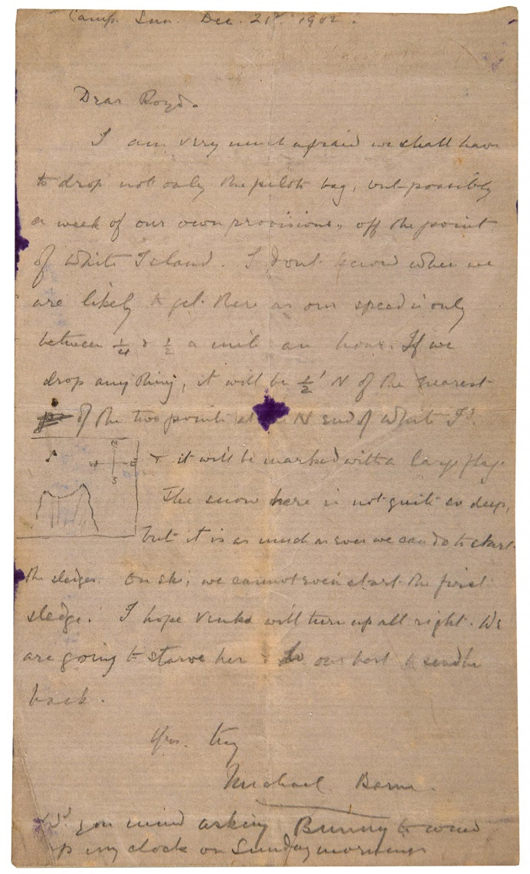
The note dated Dec. 21, 1902 that was carried by a lone pet dog across miles of featureless Antarctica. Dreweatts & Bloomsbury Auctions image. 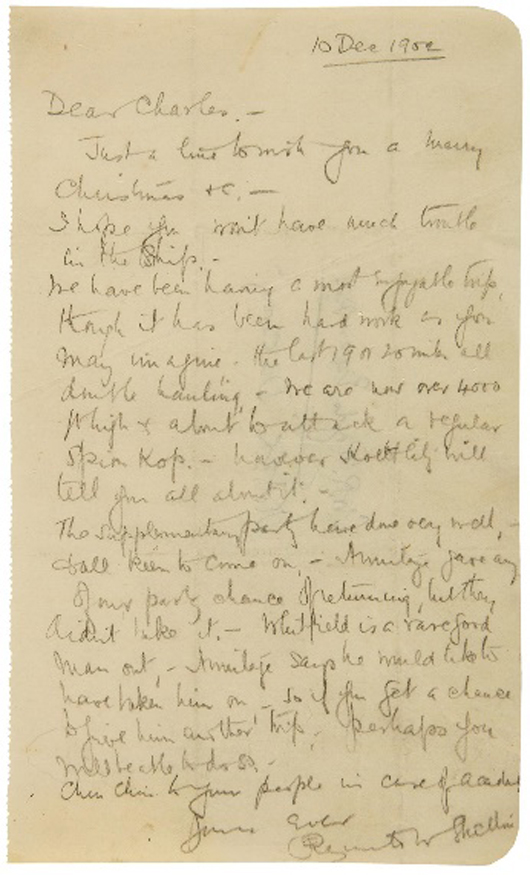
A note sent from Reginald William Skelton to Charles Royds on Dec. 10, 1902 contains Christmas greetings. Dreweatts & Bloomsbury Auctions image.


